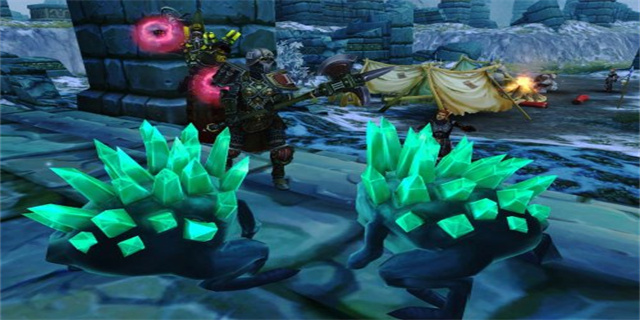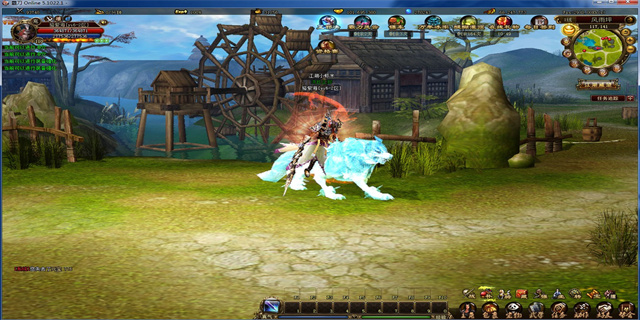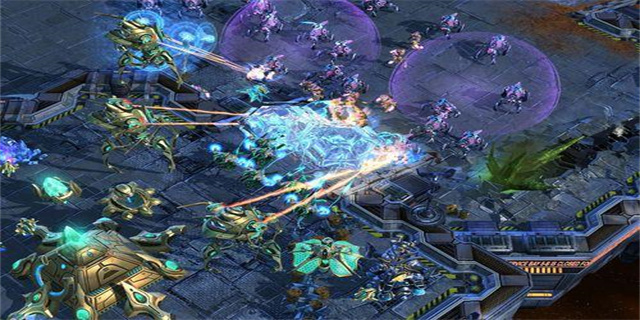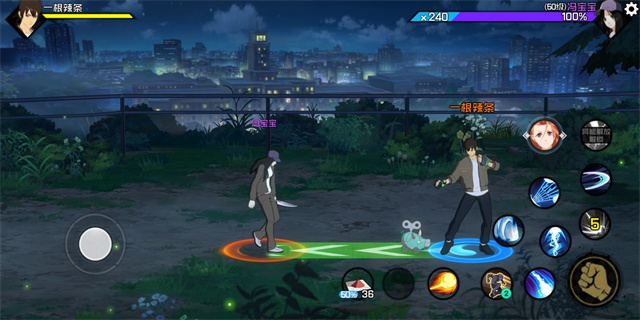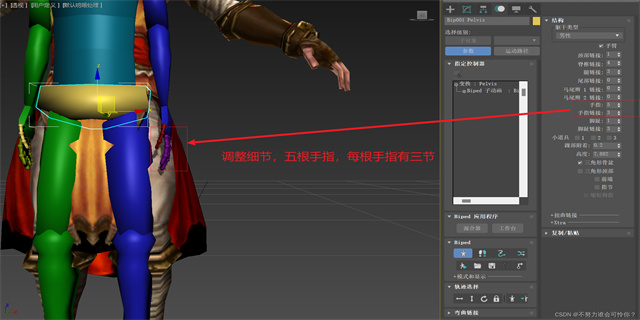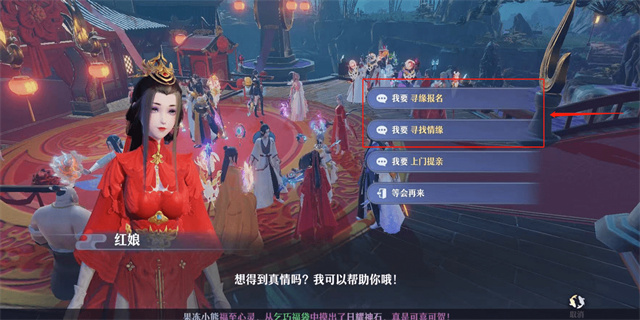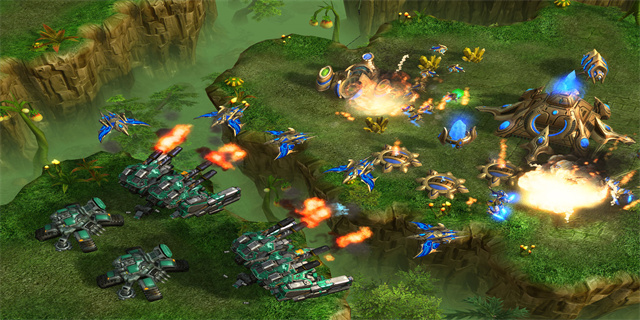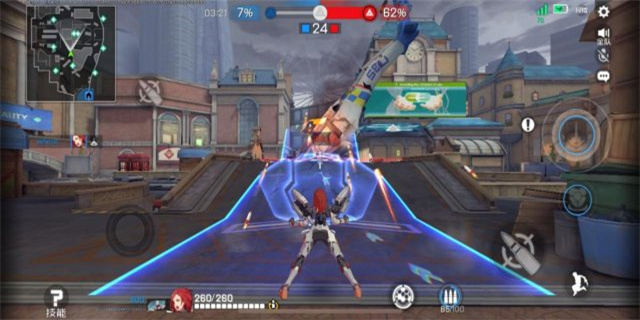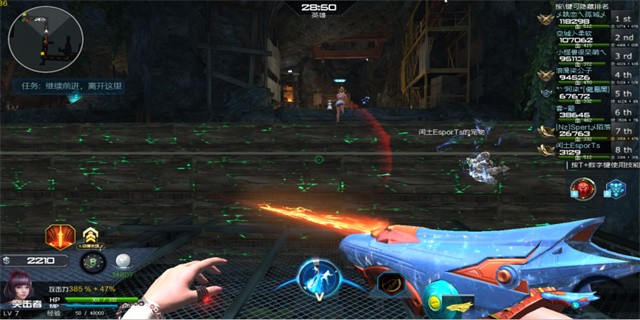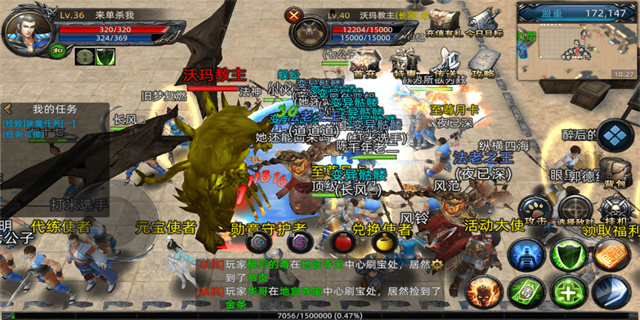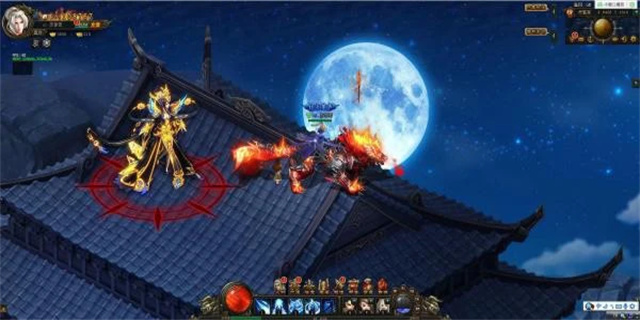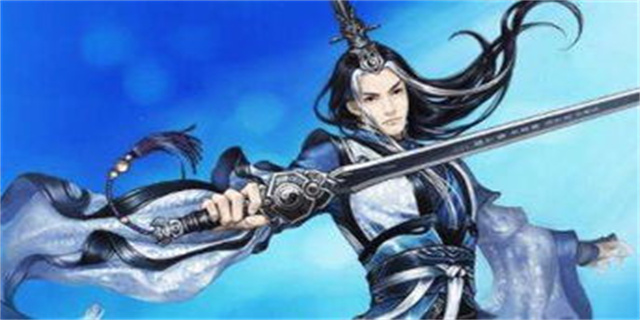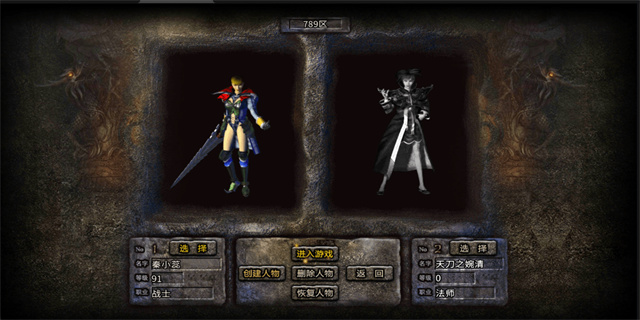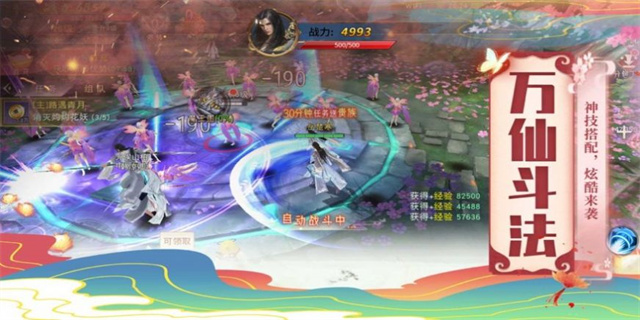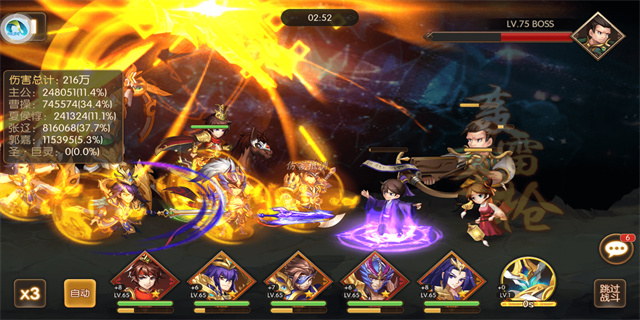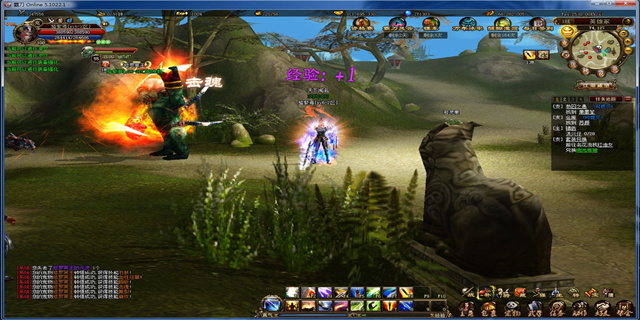Ray Tracing: Exploring Realistic Computer Graphics
Ray tracing is a rendering technique used in computer graphics to generate realistic images by simulating the behavior of light. It has revolutionized the field of computer graphics by enabling the creation of visually stunning and highly realistic images and animations. In this article, we will explore the principles behind ray tracing and its applications in various industries.
Introduction to Ray Tracing
Rather than relying on traditional rendering techniques that approximate how light interacts with objects in a scene, ray tracing simulates the path of light rays from the perspective of a virtual camera. It traces the path of these rays as they bounce off objects in the scene, interact with each other, and eventually reach the camera. The resulting image accurately portrays how light interacts with the objects in the scene and can create incredibly realistic shadows, reflections, and refractions.
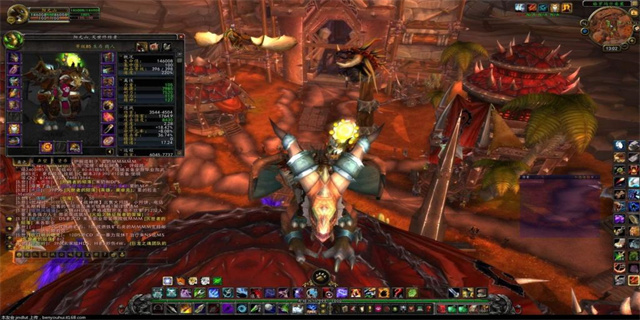
How Ray Tracing Works
Ray tracing starts by casting a primary ray from the virtual camera's viewpoint towards the scene. This primary ray can hit or intersect with various objects in the scene. When an intersection occurs, secondary rays are generated, such as reflection rays and refraction rays. These secondary rays continue to bounce around the scene until they no longer intersect with any objects or reach a maximum number of bounces defined by the user.
The process of tracing rays involves performing complex mathematical calculations to determine how the rays interact with the objects in the scene and how the resulting light contributes to the final image. This involves calculating the intensity and color of the light at each intersection point, considering factors such as light sources, material properties, and the geometry of the objects. By simulating the behavior of light in a virtual environment, ray tracing creates incredibly realistic images.

Applications of Ray Tracing
Entertainment Industry
Ray tracing has made a significant impact on the entertainment industry, particularly in the development of movie visual effects and video games. It allows for the creation of highly realistic and immersive environments, enabling filmmakers and game developers to bring their vision to life with stunning visuals. With ray tracing, it is possible to simulate complex lighting scenarios, realistic shadows, and accurate reflections, resulting in a more cinematic and immersive experience for the audience.
Architecture and Design
Ray tracing has also found extensive use in architecture and design. Architects and designers can use ray tracing to create photorealistic renderings of buildings, interiors, and landscapes before they are constructed. By accurately simulating lighting conditions, materials, and reflections, ray tracing enables architects to visualize and present their designs more effectively. This technology also allows for real-time visualization and interactive exploration of virtual environments, helping clients understand and make informed decisions about their projects.
Scientific Visualization
Ray tracing plays a crucial role in scientific visualization applications, such as medical imaging, computational fluid dynamics, and molecular modeling. By accurately simulating the behavior of light within complex datasets, ray tracing can help researchers and scientists gain insights into their data. For example, in medical imaging, ray tracing techniques can render detailed and accurate visualizations of organs and tissues, aiding in diagnosis and treatment planning.
The Future of Ray Tracing
The future of ray tracing looks promising, with ongoing advancements in hardware technology and software optimization. Real-time ray tracing, where complex scenes can be rendered in real-time, is becoming increasingly feasible with the advent of powerful graphics processing units (GPUs) and dedicated ray tracing hardware. This will open up new possibilities for interactive experiences, such as virtual reality, augmented reality, and immersive gaming.
Moreover, the integration of ray tracing with machine learning techniques holds exciting potential. Machine learning algorithms can optimize ray tracing calculations, making them more efficient and capable of producing even more realistic images. This combination could lead to significant advancements in the field of computer graphics, with applications in areas such as autonomous vehicles, robotics, and virtual simulations.
Conclusion
Ray tracing has transformed the world of computer graphics by providing a powerful tool for creating realistic images and animations. Whether in the entertainment industry, architecture, scientific visualization, or beyond, ray tracing has revolutionized the way we visualize and interact with virtual worlds. As technology continues to advance, we can expect ray tracing to play an increasingly important role in various industries, leading to even more immersive and visually stunning experiences.
